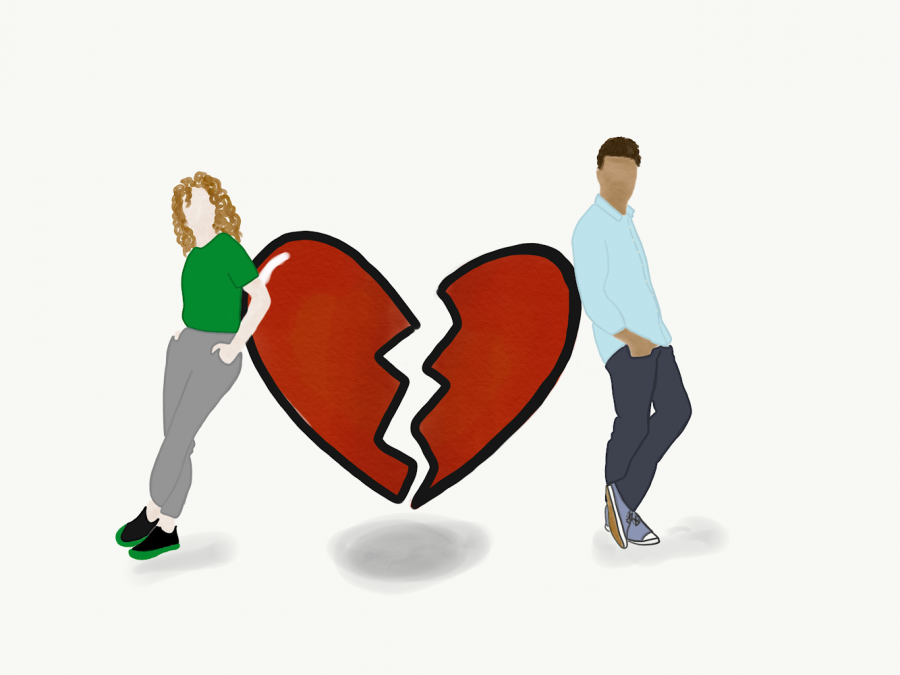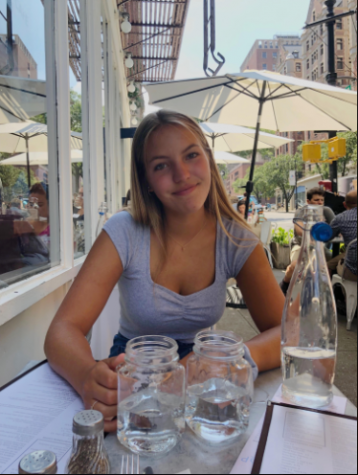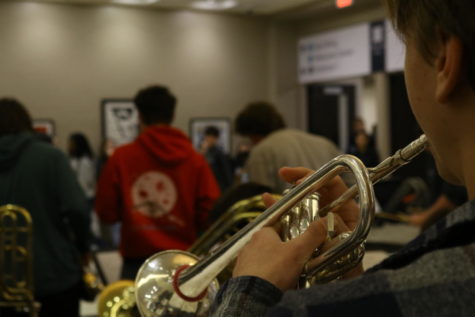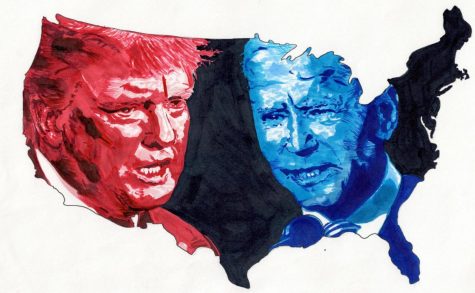It’s time to shake up Valentine’s Day
February 15, 2019
Every year, as Valentine’s Day approaches, we brace ourselves with nervous anticipation. The holiday brings with it a whirlwind of expectations: “I don’t know what to do. Go out? Stay in? Make a big deal, or treat it as any other day?” Valentine’s Day is the season of teddy bears, heart-shaped chocolate, and any pink-colored candy you can think of.
However, the true nature of this holiday lies in the anxiety of it all. No matter what, the gift is never quite right, or possibly the idea of getting no gift at all. But even though we may ask the same questions about Valentine’s Day, the holiday continues to exclude groups that identify as anything other than heterosexual.
It is not uncommon to see the commercial of the nervous man picking out the perfect ring or planning the perfect proposal to his girlfriend in front of a live audience. Before long, the cheesy montage of the couple’s embrace is forced into our view, reinforcing the idea that only heterosexual couples can enjoy Valentine’s Day.
Now, I can’t possibly write this article without addressing my own positionality. As a straight, white, cisgender female, I’ve grown up watching this same montage play out over and over on Jared commercials and countless seasons of The Bachelor. Walking through the greeting card aisles, it’s hard not to notice all the specific messages aimed at straight couples directing us to which cards to buy. These cards typically depict men and women kissing or holding hands. Even though the cards are too sugary for my taste, I never felt particularly disconnected from those ideas, but I also never considered what this might feel like for people–especially members of the LGBTQ+ community–for whom these messages don’t exactly resonate, or don’t reflect their own experiences of love.
ETHS is not immune to this form of exclusion. Sophomore Lila Garfield attributes her lack of participation in the holiday to the alienation she feels. Being in a gay relationship, it is the response from straight people that brings her the most anxiety.
“The fear I have of telling people that I’m dating a girl, not because I’m embarrassed or scared that they’ll be violent or explicitly hateful, but because they may act different or weird about it is especially there around Valentine’s Day because there’s so much hype around couples,” Garfield says.
The experience of invisibility is what brings the most uneasiness for people of the LGBTQIA+ community on Valentine’s Day.
“The biggest thing I notice is that people will either assume that I’m in a straight relationship or single, and if they know I’m in a gay relationship, they often won’t ask about what my plans for Valentine’s Day are or ask about my relationship,” Garfield continues.
For heterosexual couples, walking around hand in hand and other public displays of affection are normal and accepted. We can handle questions posed by nosy relatives at family gatherings asking us about who we’re dating. But many others don’t have this privilege. Along with LGBTQIA+ people not seeing their own experiences reflected in a TV commercial, there is still an overarching fear of not being accepted by family that is very real. Often, the holiday does not feel like a safe place to openly express love for those who identify with the LGBTQIA+ community. Society makes it safe to show our romantic feelings for another person as long as they are of the opposite sex. This day should be a time when we not only celebrate our own love, but also create space for all forms of loving.
So next time you ask someone about their plans for V-Day, check yourself before you assume. Engage in a conversation. Don’t cast aside the possibility that they could be in a relationship unlike your own. This holiday was made to celebrate our sweethearts, so let’s make sure everyone gets to feel the love.













